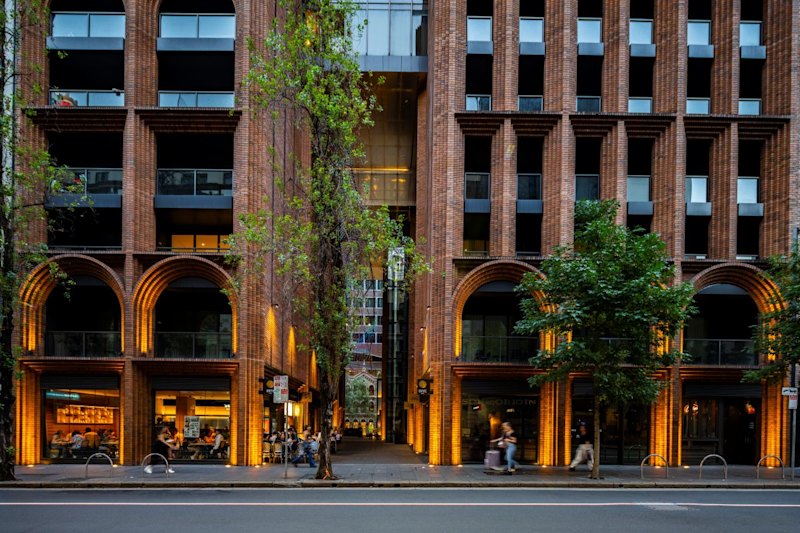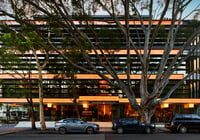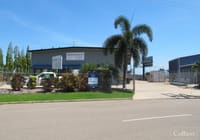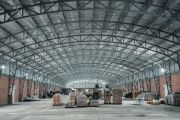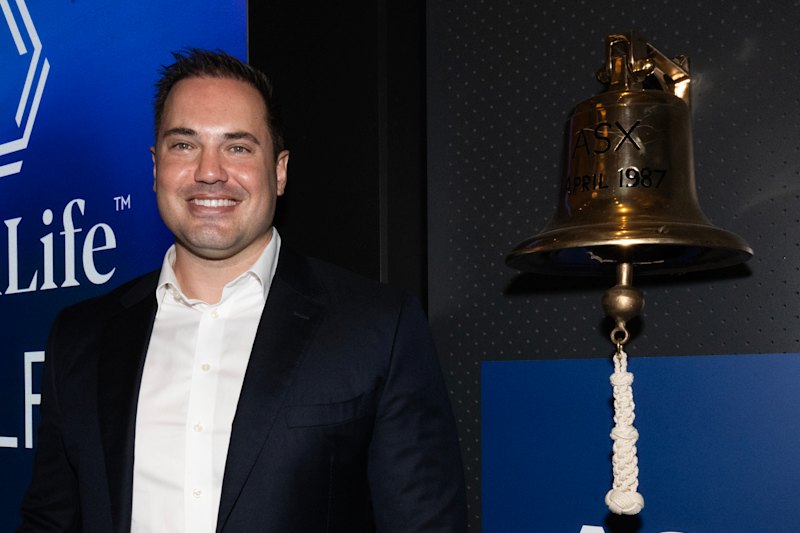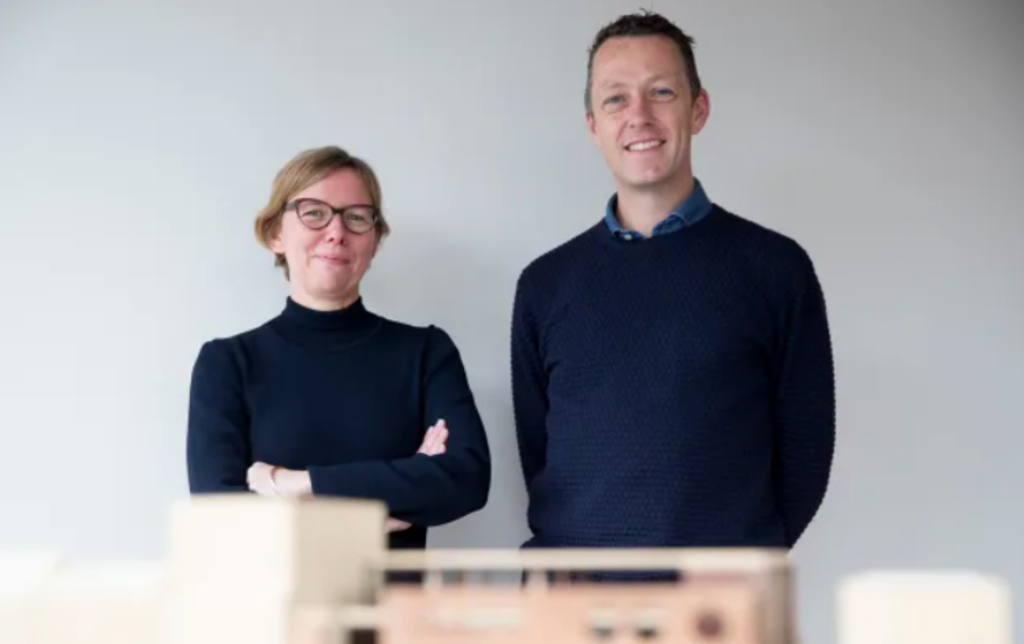
The threat of fly-in-fly-out architects to our cities
The country’s big cities have become “disposable” and risk losing their character as Australia’s propensity to import fly-in-fly-out architects intensifies, two Sydney designers warn.
“Think of projects in Sydney – like Darling Harbour, or the stadium – where the life of the public project is lucky if it survives 30 years before it is erased and started again,” Laura Harding of Hill Thalis Architecture told The Australian Financial Review.
“With that mentality our cities become disposable. Obviously in sustainability terms this is catastrophic, but it is equally harmful to our culture,” she said.
How to balance the design of a growing city with “responsive urbanism” is the critical question facing architects who will gather from across the country for Tuesday’s Architecture Symposium, a Design Speaks event at the Art Gallery of NSW curated by Ms Harding and fellow architect, Adam Haddow, director at SJB.
The symposium, in its second year, will examine how cities and good design can “engage with a global community but maintain the nuances of a local context and that je ne sais quoi,” Mr Haddow said.
This “sense of place” was particularly under threat given Australia’s fixation of importing architects who didn’t necessarily understand the city’s nuances, he said.
“It’s not anti-international architects at all, it’s just that the fly-in-fly-out aspect is probably not the right approach,” Mr Haddow said.
“I think there’s this whole thing that because you get on a plane and go to New York or Denmark that somehow that’s better – sure they might create a great building but we should be as equally excited about the architects we have here.”
Ms Harding agreed Australia suffered from cultural cringe, with architecture being no exception.
“This desire to import architects is a curiously persistent one. Particularly when the results are so patchy. With the exception of Utzon (who designed the Opera House), and probably Frank Gehry (the architect behind the paper-bag like university building at UTS), Sydney is amassing a growing collection of quite poorly realised buildings by international and interstate architects,” she said.
Ms Harding said buildings in Australia were rarely the best works these architects had produced, suggesting these was a much bigger question around procurement and culture that was more important that importing the ‘right’ talent.
And when you import an architect who doesn’t quite understand how a city works, in terms of climate or function, mistakes are made, she said.
Mr Haddow pointed to the ground floor of 8 Chifley Square in Sydney’s CBD, a tower designed by internationally-renowned UK “starchitect” Richard Rogers and local partner firm Lippmann Partnerships.
“It’s a kind of a lovely building but the ground plan has completely missed the idea that Sydney is actually a windy city and you need to provide people with protection as well as places to sit and engage,” he said.
Architect Ed Lippmann has previously defended the design, saying the ground floor of 8 Chifley was a north-facing open atrium with a glassed-in lobby that provided sun in winter and shade in summer.
Australia’s inclination towards holding design competitions for new buildings was also exacerbating the problem of sensationalist architecture over culture and city-making, both architects said.
“To win a competition you want to stand out – to be aberrant – and you see this attitude in the Sydney casinos, each wants to be taller, blingier, shinier than everything around it. Of course cities need some of this singularity – but the balance currently seems awry,” Ms Harding said.
“We also need the intelligent, insightful work that builds the city’s grain – that cares about and frames the spaces between – that wants to be immersed in the collective space of the city, rather than a singular piece apart,” Ms Harding said.
Mr Haddow said competitions were not the only way to produce a great building, pointing to the collaborations between renowned architect Harry Seidler and engineer Dick Dusseldorp, the founder of Civil and Civic, now Lendlease. The fruitful relationship saw the creation of some of Sydney’s most iconic buildings, Australia Square, Blues Point Tower and the MLC Tower.
“Sometimes I think these competitions can negate that really important factor about procuring good architecture. Liking to work with someone and sharing common values can deliver an amazing building,” he added.
The other critical question to be posed at the symposium is how decision makers like town planners, developers and architects can leave a mark on these growing cities by “adding layers to a longstanding urban conversation”.
“What are the traces we are leaving on the city? The projects in our symposium show the very best types … and should challenge us to rethink some of the short-term decisions that are having more harmful effects,” Ms Harding said.


